189
10
4 minutes
Suggested Articles

First-generation Ivy Leaguers triumph over unique college challenges
Discover key insights, life hacks, and data-driven tips for first-generation college students thriving in prestigious U.S. universities. Find practical strategies, unique challenges, and fresh perspectives essential for student success.

How Social Media Is Fueling a Crisis in Children's Mental Health
Civic Education

Cellphone bans in schools spark sharper focus and real student connection
News & Updates

Parents sacrifice retirement dreams to support adult children financially
News & Updates

Funding freezes put affordable childcare and adult education at risk
News & Updates

Students and educators defend free speech as campus politics reshape college life
Civic Education
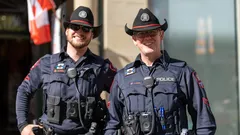
Local leaders boost trust and safety through real community policing partnerships
News & Updates

Civics lessons give students a lifeline in times of community crisis
Civic Education
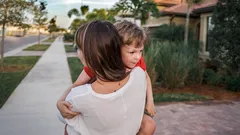
How everyday parenting habits quietly shape a child's emotional resilience
Civic Education
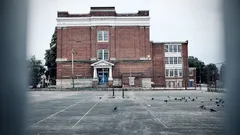
Inside Detroit’s fight to shape public schools with new board appointments
Volunteer
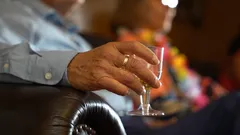
Retirees in vulnerable states strengthen safety nets as Social Security disruptions loom
Civic Education

First-generation Ivy Leaguers triumph over unique college challenges
Hiring

Americans brace for possible Social Security cuts that reshape retirement
News & Updates
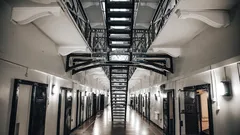
Why this Florida data leak changes how we think about privacy
News & Updates

Build your own AI chatbot and unlock hands-on tech superpowers
Resources & Tools

How to outsmart hidden medical expenses in your golden years
Civic Education

California workers secure jobs this summer with new 2025 laws
Hiring
 Love Women Vibes
Love Women Vibes

Comments